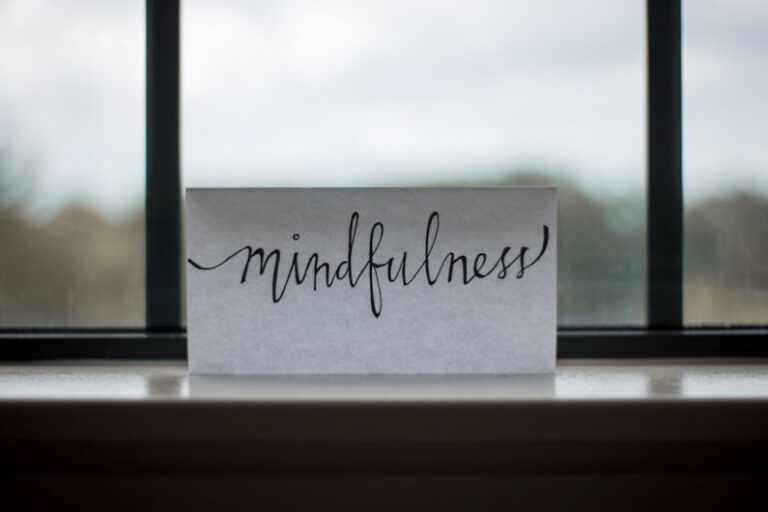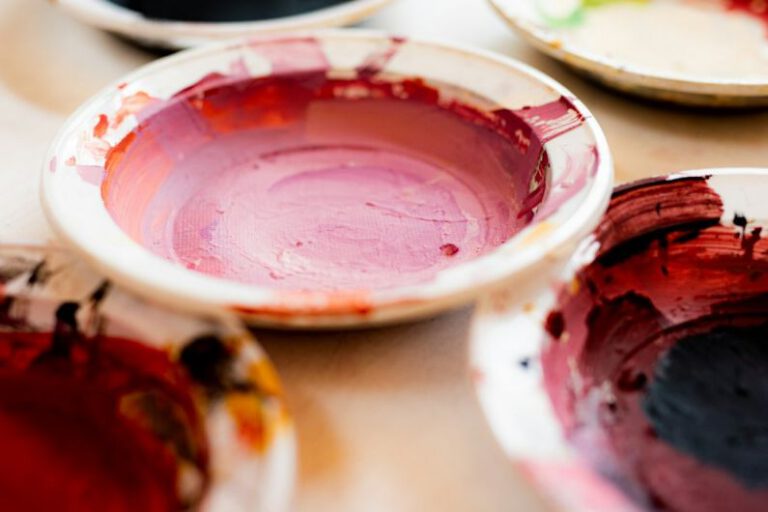What Are the Best Practices for Mindful Living?
In today’s fast-paced world, it can be challenging to find inner peace and live in the present moment. However, practicing mindfulness has been proven to have numerous benefits for both our mental and physical well-being. By cultivating awareness and non-judgmental acceptance of our thoughts, feelings, and sensations, we can lead a more fulfilling and meaningful life. In this article, we will explore some of the best practices for mindful living that can help us navigate the complexities of modern life.
Cultivating a Daily Meditation Practice
Meditation is at the core of mindfulness practice. It involves intentionally focusing our attention on the present moment, whether it be by observing our breath, body sensations, or simply being aware of our thoughts. By dedicating a few minutes each day to meditation, we can train our minds to be more present and less reactive. Start with just a few minutes and gradually increase the duration as you become more comfortable. Consistency is key, so try to establish a regular meditation routine.
Bringing Mindfulness into Everyday Activities
Mindfulness doesn’t have to be limited to formal meditation sessions. We can bring this quality of awareness into our daily activities, such as eating, walking, or even washing the dishes. By fully engaging our senses and paying attention to the present moment, we can savor the simple pleasures of life that often go unnoticed. For example, while eating, take the time to appreciate the flavors, textures, and aromas of the food. These small moments of mindfulness can add up and have a profound impact on our overall well-being.
Being Non-Judgmental and Compassionate
One of the fundamental principles of mindfulness is non-judgmental awareness. Often, we tend to label experiences as good or bad, which can lead to unnecessary suffering. By cultivating a non-judgmental attitude towards our thoughts, emotions, and sensations, we can develop a greater sense of acceptance and self-compassion. Instead of criticizing ourselves for our perceived shortcomings, we can embrace our imperfections and treat ourselves with kindness and understanding.
Practicing Gratitude
Gratitude is a powerful tool for cultivating mindfulness and happiness. By intentionally focusing on the positive aspects of our lives, we can shift our attention away from negativity and create a more positive mindset. Take a few moments each day to reflect on the things you are grateful for, whether it be the support of loved ones, the beauty of nature, or simply the gift of being alive. This practice can help us cultivate a sense of appreciation for the present moment and foster a greater sense of contentment.
Setting Boundaries with Technology
In today’s digital age, it’s easy to get caught up in the constant stream of notifications and distractions. However, constantly being connected can hinder our ability to be fully present. To cultivate mindful living, it’s important to set boundaries with technology. Consider implementing technology-free zones or designated times for digital detoxes. By disconnecting from our devices, we can create space for reflection, relaxation, and genuine human connection.
Incorporating Mindfulness in Relationships
Mindfulness can also enhance our relationships by fostering better communication, empathy, and understanding. By being fully present with others, we can listen more attentively and respond with greater compassion. Practice active listening by giving your full attention to the person speaking, without interrupting or judging. Additionally, when conflicts arise, approach them with curiosity and openness, rather than defensiveness. Mindful relationships require us to be present and attuned to both ourselves and others.
Embracing Impermanence and Letting Go
Finally, mindful living involves embracing the impermanent nature of life and practicing non-attachment. Often, our suffering arises from clinging to things, people, or situations that are inherently transient. By cultivating an attitude of impermanence and letting go, we can free ourselves from unnecessary suffering and find peace in the present moment. This doesn’t mean we should avoid forming attachments or pursuing our goals; rather, it’s about learning to hold them lightly and being open to change.
In conclusion, mindful living is a practice that can greatly enhance our well-being and quality of life. By incorporating daily meditation, bringing mindfulness into everyday activities, being non-judgmental and compassionate, practicing gratitude, setting boundaries with technology, incorporating mindfulness in relationships, and embracing impermanence, we can cultivate a deeper sense of presence, peace, and joy. Remember, mindfulness is not a destination, but a lifelong journey that requires consistent effort and practice. So, start small, be patient with yourself, and enjoy the transformative power of mindful living.






